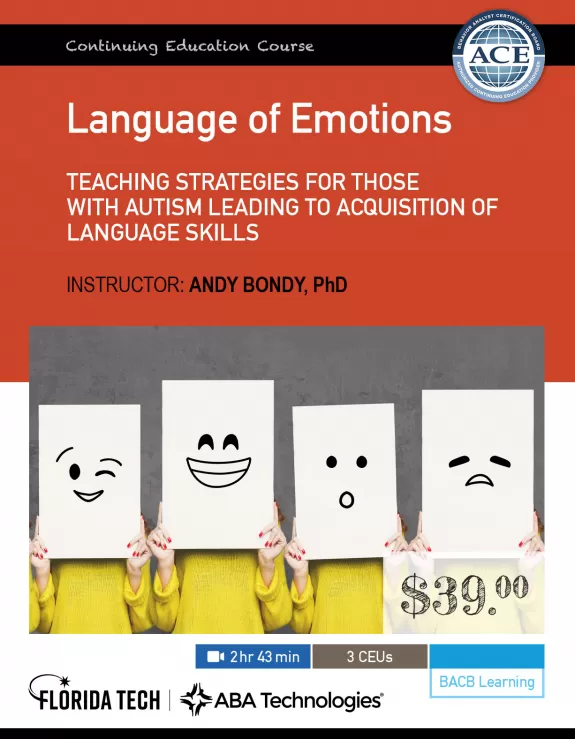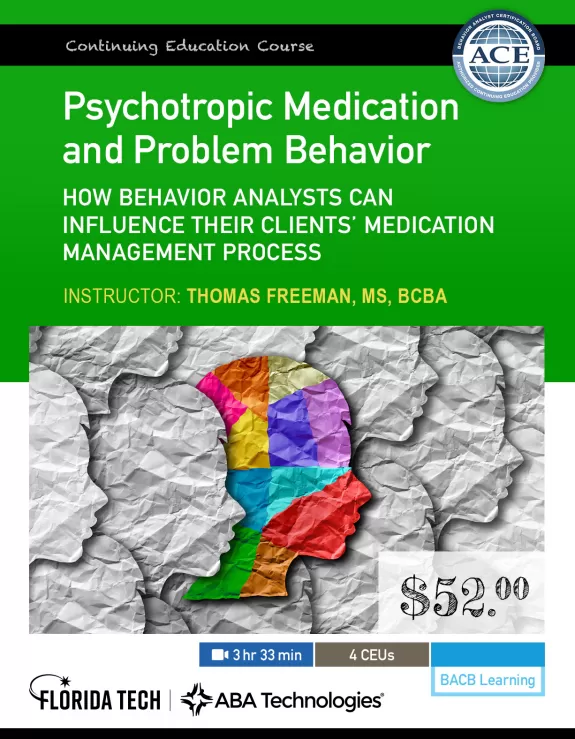Language of Emotions
Abstract
One of the most essential skills children are taught regarding their verbal behavior is communicating their emotions. It may seem that when we first teach an emotion and ways to express it, the client may simply go through the motions. We must take advantage of the contingencies that occur naturally as well as the know-how to create opportunities to teach emotions. As the client grows, the complexity of emotion also continues to grow. We may focus on learning how to express happiness or sadness for early learners, but later it may be necessary to teach anxiety or anticipation. It is also important to teach varying levels of emotion and not just the presence or absence of internal stimuli. Communicating emotions is one of the most essential forms of verbal behavior we learn as well as teach, and in this course, you will broaden your understanding of the matter.
Learning Objectives
What you’ll learn in the course and be able to do afterward
- Understand how children typically learn to comment on private events as well the type of information adults is responding to when teaching emotions
- Describe how to improve traditional approaches to teach emotions, including taking advantage of existing emotional displays and how to induce such feelings
- Understanding the difficulties of teaching variances of emotion and reality
Partnership
This course is delivered through Florida Tech. Clicking "Enroll Now" will take you to Florida Tech’s website where you can Add to Cart, Checkout, and complete the course. Come back to our website for podcasts, blogs, courses, and content.





